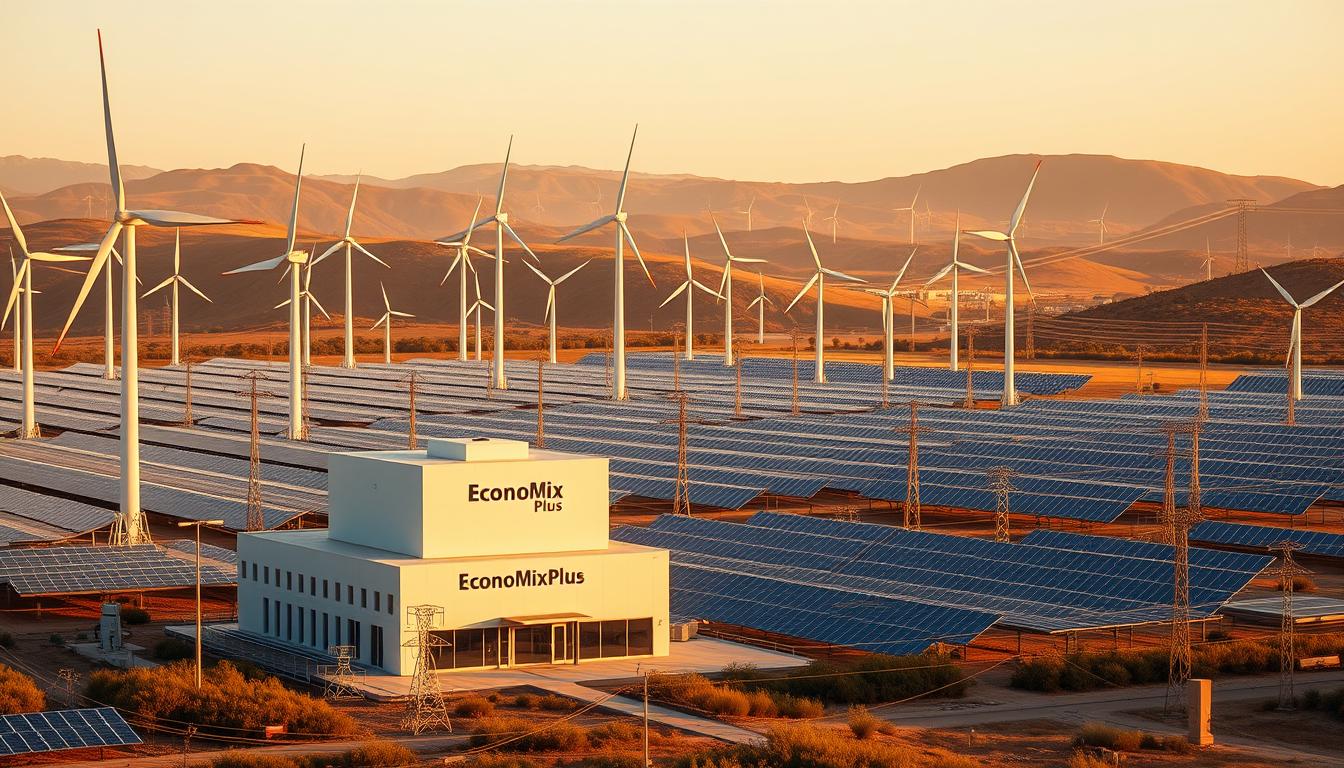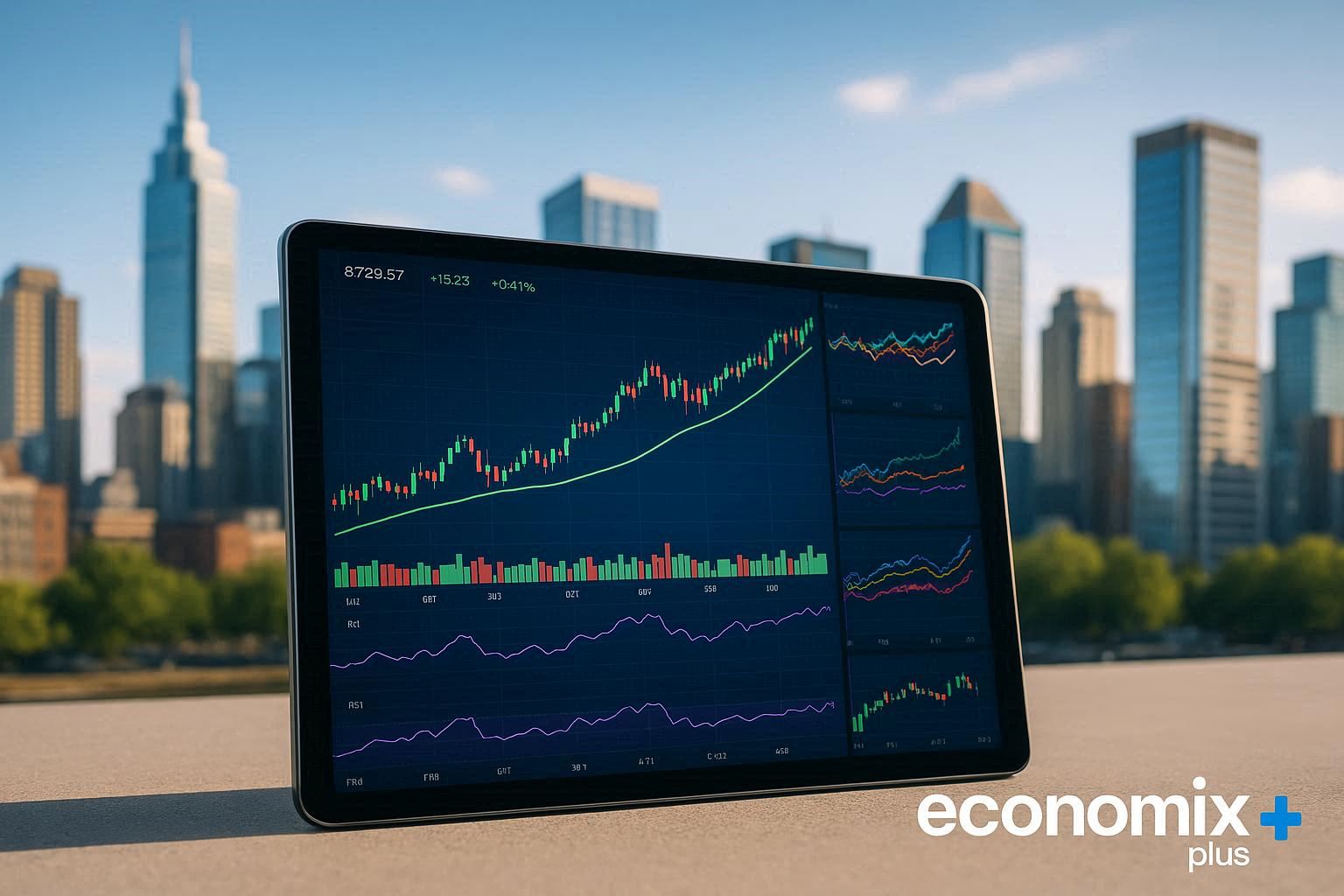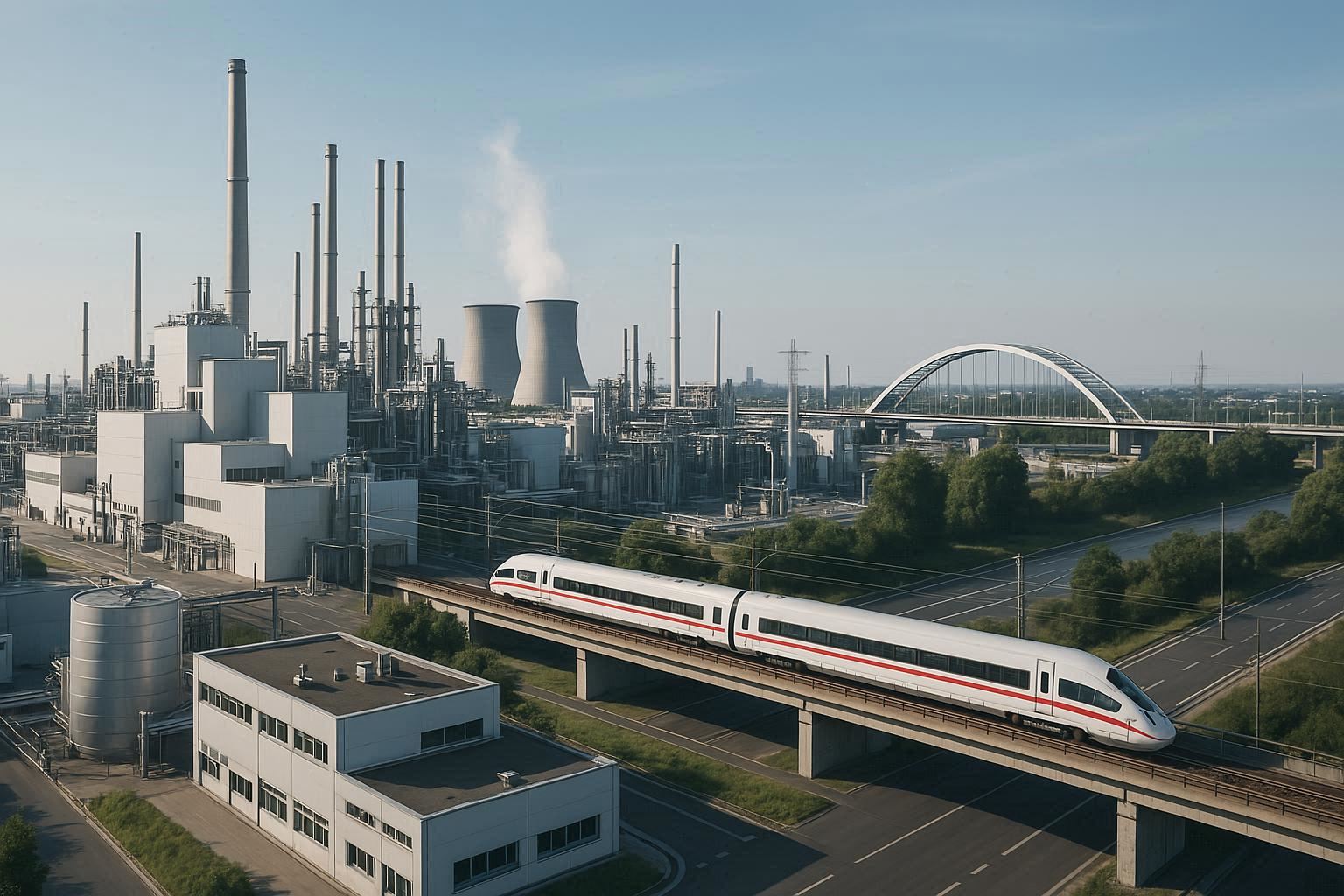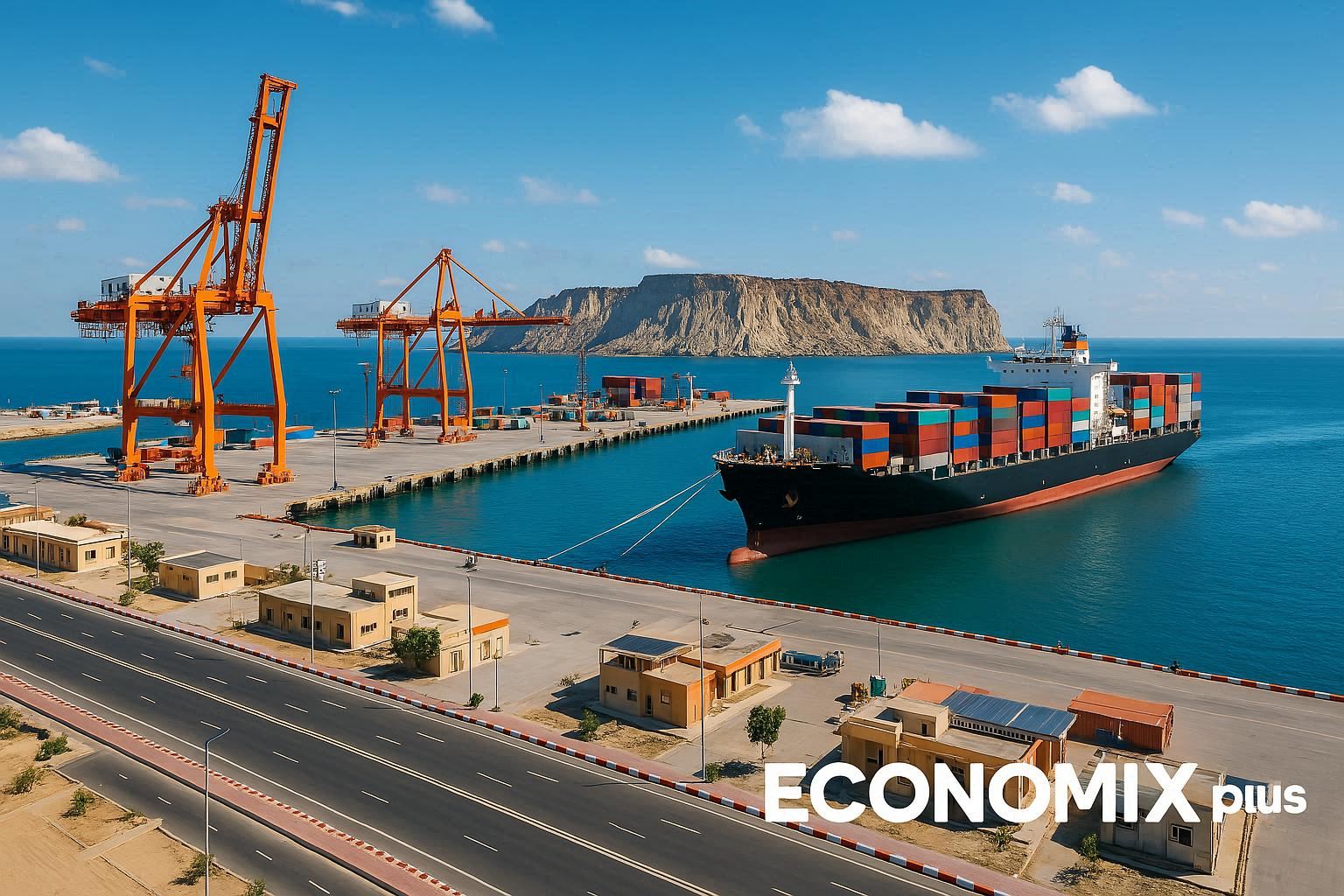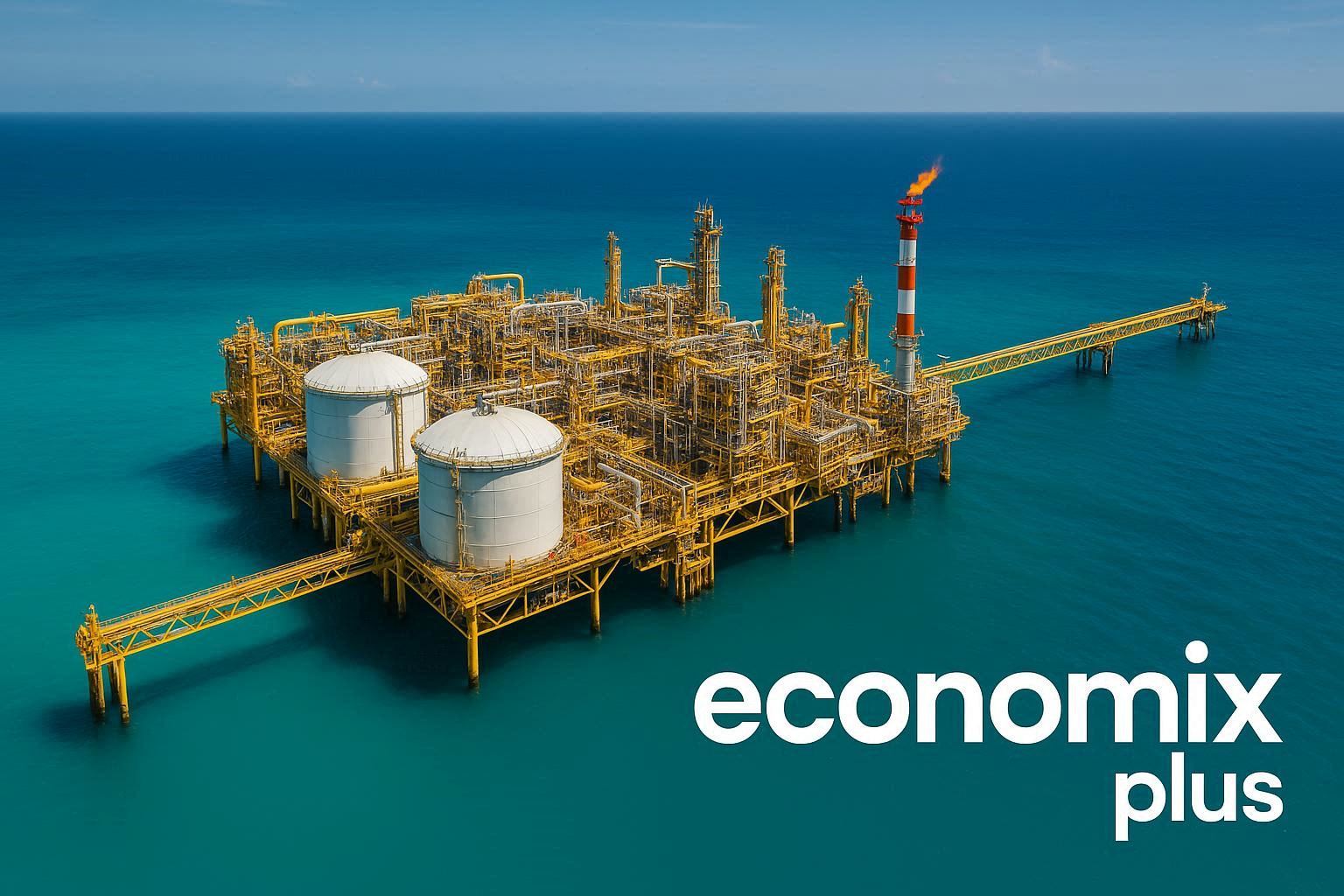As the world grapples with the challenges of climate change, renewable energy is emerging as a beacon of hope. The energy landscape is undergoing a profound transformation, driven by technological advancements and shifting economic fundamentals.
According to the International Energy Agency, a record $1.7 trillion is expected to be invested in clean energy technologies this year, surpassing investments in fossil fuels. This shift is not just about reducing carbon emissions; it’s about creating a new energy market that is more sustainable and equitable.
The cost of generating electricity from solar and wind power is falling rapidly, making renewable energy more competitive than traditional fossil fuels in many regions. As private investment continues to flow into the sector, it’s clear that the clean energy revolution is here to stay.
Key Takeaways
- The global energy landscape is undergoing a significant transformation.
- Investment in renewable energy is expected to surpass $1.7 trillion this year.
- The cost of renewable energy is becoming increasingly competitive.
- Private investment is driving the growth of the clean energy sector.
- The shift to renewable energy is creating new economic opportunities.
The Global Shift Toward Clean Energy
The shift toward clean energy is becoming a dominant trend in the global energy market, driven by the need for a sustainable future. As the world grapples with the challenges of climate change, the importance of transitioning to renewable energy sources has never been more pressing.
Current State of the Energy Market
The global energy market is undergoing a significant transformation, with renewable energy sources rapidly gaining market share against traditional fossil fuels. In the United States, for instance, 23 percent of electricity is expected to come from renewable sources this year, a 10 percentage point increase from a decade ago. According to the International Energy Agency, wind and solar power are breaking records, and renewables are now expected to overtake coal by 2025 as the world’s largest source of electricity.
| Country | Renewable Energy Share | Projected Growth |
|---|---|---|
| United States | 23% | Increasing |
| China | Leading in wind and solar production | Doubling capacity by 2025 |
| Britain | One-third from wind, solar, and hydropower | Continued growth |
The Accelerating Transition from Fossil Fuels
The transition from fossil fuels is accelerating due to a combination of economic factors, technological advancements, and policy support. China, already the world leader in wind and solar electricity production, is on track to double its capacity by 2025, five years ahead of schedule. This rapid transition is creating a fundamental shift in how energy is produced and consumed globally.
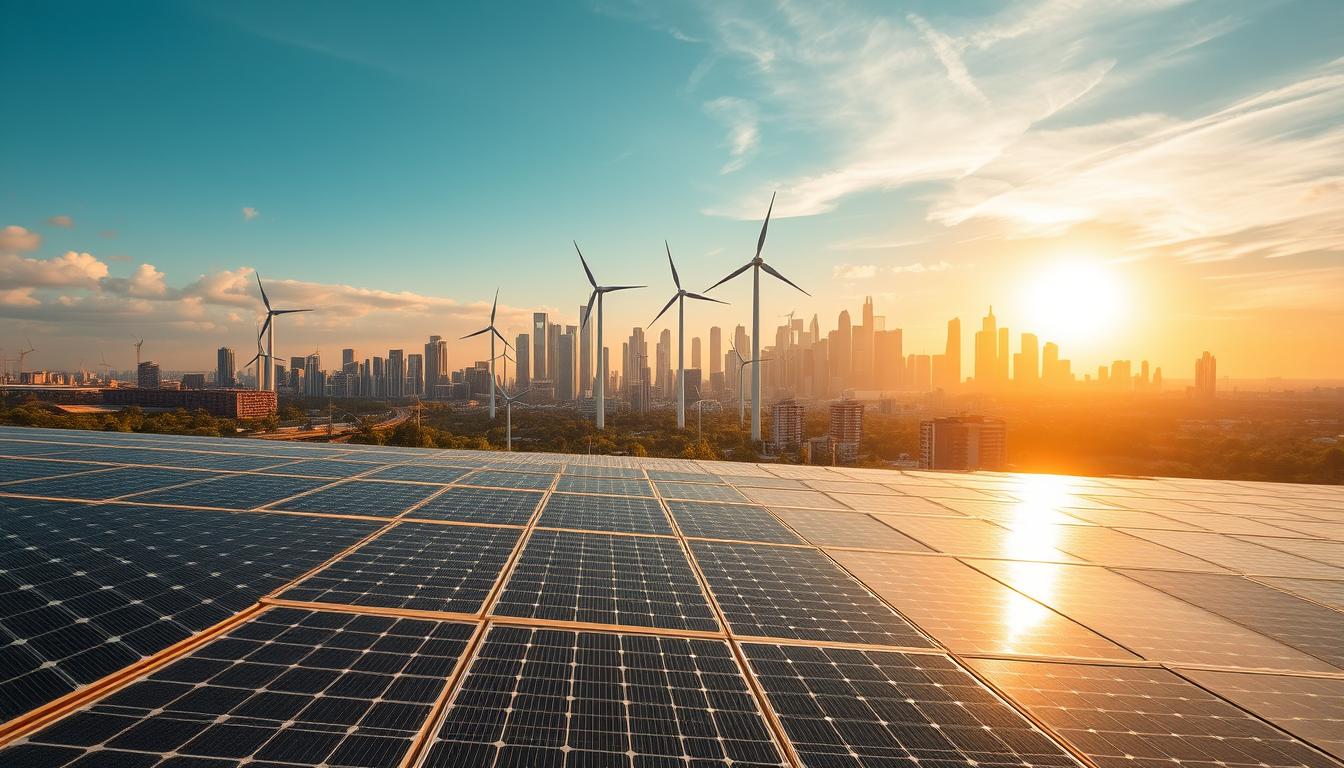
As the world continues to shift toward clean energy, the energy industry is expected to undergo significant changes. The role of international energy agencies will be crucial in facilitating this transition and ensuring a sustainable energy future for all.
Is Clean Energy Investment the Future Path to Lasting Wealth?
With the cost of renewable energy technologies plummeting, investors are increasingly looking at clean energy as a viable path to wealth creation. The economic case for clean energy investment has strengthened dramatically as technology costs have fallen.
The Economic Case for Clean Energy
The costs associated with solar and wind power have decreased significantly over the past decade. Solar power costs have fallen by 83% since 2009, while wind power costs have dropped by more than half. This reduction in costs has made clean energy more competitive with traditional fossil fuels, thereby attracting more investors.

Investment Growth Trends and Projections
The global renewable energy market is expected to reach $2.5 trillion by 2033, growing at a compound annual growth rate of 8.5% from 2024 to 2033. This growth is driven by increasing investments in solar power, with global investors expected to pour more money into solar power ($380 billion) than into drilling for oil for the first time in history.
| Year | Global Renewable Energy Market Size | Growth Rate |
|---|---|---|
| 2024 | $1.2 trillion | 8.5% |
| 2033 | $2.5 trillion | 8.5% |
The dramatic reduction in lithium-ion battery costs over the past three decades has also transformed the economics of energy storage and electric vehicles, creating new investment opportunities. As the industry continues to evolve, clean energy investments are becoming increasingly attractive for their financial returns, positioning them as potential wealth-creation vehicles for forward-thinking investors.
Key Sectors Driving Clean Energy Investment
Several key sectors are propelling the clean energy investment landscape forward. The transition to a more sustainable energy mix is being driven by technological advancements, decreasing costs, and increasing demand for renewable energy sources.
Solar and Wind Power Markets
The solar and wind power markets are experiencing explosive growth. The U.S. solar industry installed a record 6.1 gigawatts of capacity in the first quarter of 2023, representing a 47% year-over-year increase. This growth is driven by advancements in technology and decreasing costs, making solar and wind energy more competitive with fossil fuels.
- Solar installations are expected to continue growing as governments implement policies to support renewable energy.
- Wind power is also seeing significant investment, with both onshore and offshore projects being developed.
Electric Vehicles and Battery Technology
The electric vehicle (EV) sector is emerging as the fastest-growing segment of the automotive industry. Record sales of 300,000 units in the second quarter of 2023 marked a 48% increase from the previous year. Advancements in battery technology are driving down costs while improving performance, creating investment opportunities across the entire supply chain.
Key developments in the EV sector include:
- Advancements in battery technology improving range and efficiency.
- Increasing investment in EV manufacturing and charging infrastructure.
Energy Storage and Grid Infrastructure
Energy storage solutions are evolving rapidly beyond lithium-ion batteries to include innovative technologies like flow batteries, compressed air, and gravity-based systems. Grid infrastructure modernization represents a massive investment opportunity as aging power distribution systems must be upgraded to accommodate distributed renewable generation and bidirectional power flows.
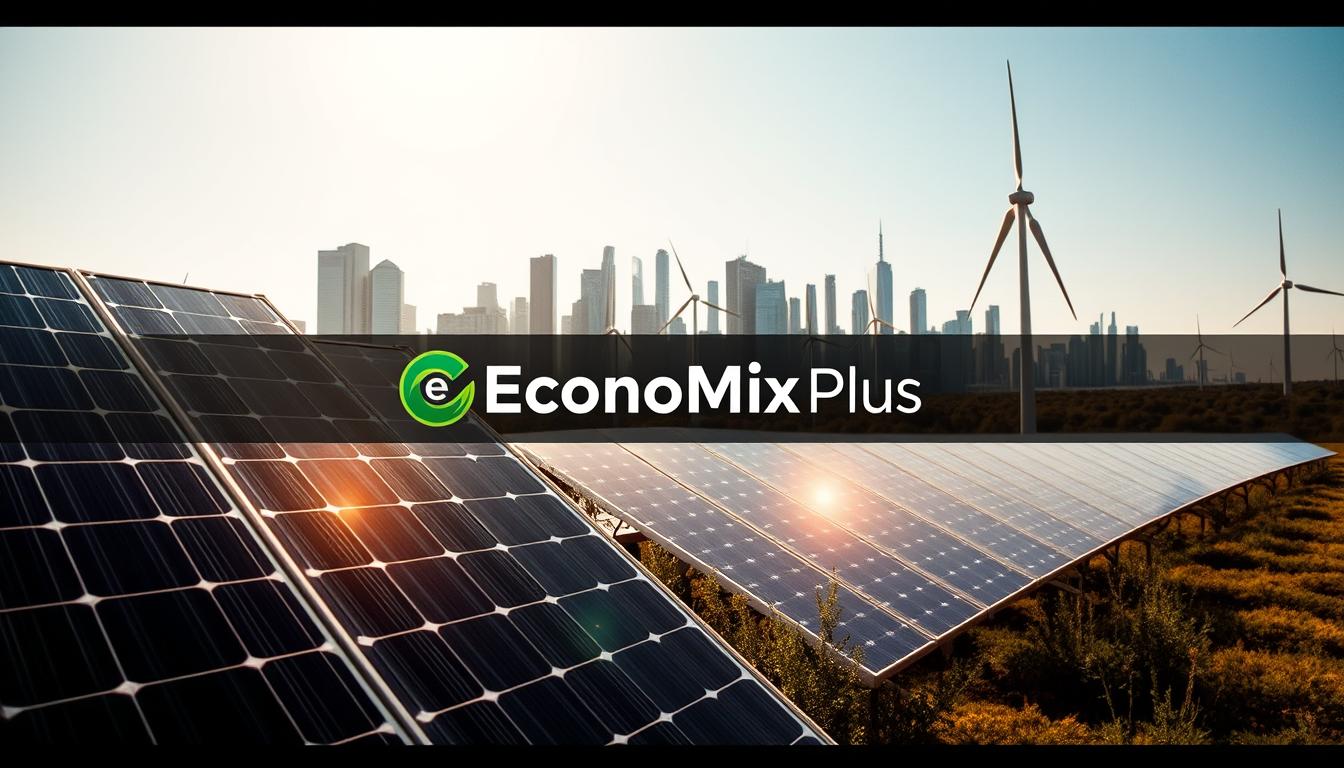
Hydropower remains the largest source of renewable electricity globally, contributing 47% of renewable electricity generation in 2023. Its energy output nearly equals that of all other renewable electricity sources combined, highlighting its importance in the clean energy mix.
Financial Performance of Clean Energy Investments
The financial performance of clean energy investments has been increasingly impressive, outpacing traditional energy sectors in recent years. As the world continues to transition towards renewable energy sources, the financial returns from clean energy investments have become more attractive, driven by technological advancements and decreasing costs.
Historical Returns Compared to Traditional Energy
Historical return analysis reveals that renewable energy assets have demonstrated more stable and attractive long-term performance compared to fossil fuel investments, which have faced increasing volatility and structural challenges. For instance, investments in solar and wind power have shown significant growth, with new installations becoming cheaper to build and operate than existing coal-fired power plants.
Renewable energy has become a more viable option, with cost reductions driving profitability in the sector. According to recent data, average consumer retail energy prices dropped 0.68% in 2024, driven by utility investments in sustainable energy.
| Year | Energy Expenditure as % of Personal Spending | Average Consumer Retail Energy Prices Change |
|---|---|---|
| 2023 | 4.1% | – |
| 2024 | 3.8% | -0.68% |
Cost Reductions Driving Profitability
The improving economics of clean energy have transformed it into the most cost-effective energy option in many markets today. Wind and power technologies have seen significant advancements, contributing to the reduction in costs and making renewable energy more competitive.
As the energy landscape continues to evolve, investments in renewable energy are expected to yield better returns over time. The Business Council for Sustainable Energy’s 2025 Sustainable Energy in America Factbook highlights the positive economic feedback loop created by utility investments in sustainable energy.
Government Policies Accelerating Clean Energy Growth
Government initiatives are playing a crucial role in accelerating the growth of clean energy. Worldwide, governments are implementing policies that create a favorable environment for the development and adoption of renewable energy technologies.
Global Climate Commitments and Targets
Global climate commitments under international agreements are establishing clear targets for emissions reductions, creating policy certainty that encourages long-term investment in renewable energy infrastructure. Countries are setting ambitious targets to reduce their greenhouse gas emissions, driving the demand for clean energy solutions.
Tax Incentives and Subsidies
In the United States, landmark legislation such as the Inflation Reduction Act has allocated unprecedented funding for clean energy development. Tax incentives and subsidies for renewable energy projects have proven so popular that the original $391 billion estimate for the Act’s clean energy provisions may reach $1.2 trillion over the next decade.
Regulatory Changes Favoring Renewables
Regulatory changes are creating a more level playing field for renewable energy to compete with heavily subsidized fossil fuel industries. Streamlined permitting processes, grid connection priorities, and carbon pricing mechanisms are internalizing the environmental costs of fossil fuels, making renewables more competitive.
These government policies are not only driving the growth of clean energy but also addressing climate change by reducing greenhouse gas emissions. As the world continues to transition towards a cleaner energy mix, the role of government policies will remain crucial in shaping the future of the energy sector.
Corporate Investment Strategies in Clean Energy
The transition to clean energy is being driven by major corporations adopting aggressive investment strategies. Companies are increasingly recognizing the importance of clean energy in reducing their carbon footprint and achieving sustainability goals.
Major Companies Leading the Transition
Technology giants such as Apple, Google, and Microsoft are at the forefront of clean energy investment. Apple has installed more than 18 gigawatts of clean energy capacity to power its global operations and manufacturing supply chain, tripling its capacity since 2020. Google has committed to powering its offices and data centers with carbon-free energy around the clock by 2030, utilizing solar and wind power. Microsoft has evolved from achieving carbon neutrality through offsets to a more comprehensive approach that includes emissions reduction and active carbon removal.
Corporate Power Purchase Agreements
Corporate Power Purchase Agreements (PPAs) have emerged as a critical financing mechanism for renewable energy projects. These agreements allow companies to secure clean energy at predictable prices while enabling new wind and solar developments. By leveraging PPAs, corporations can drive the growth of renewable energy and reduce their reliance on fossil fuels.
| Company | Clean Energy Goal | Renewable Energy Source |
|---|---|---|
| Apple | Carbon neutral by 2030 | Solar |
| Carbon-free energy by 2030 | Solar, Wind | |
| Microsoft | Carbon removal and reduction | Various |
These corporate investments are creating significant market demand for renewable energy projects, driving scale and innovation while demonstrating the business case for clean energy adoption.
Risks and Challenges in Clean Energy Investment
Despite the growth of clean energy, significant risks remain for investors. The transition to renewable energy is complex and fraught with challenges.
Technology and Innovation Risks
Investors in clean energy face technology and innovation risks, including the potential for new technologies to disrupt current investments. Scaling challenges for promising but unproven technologies also pose a risk.
Policy and Regulatory Uncertainty
Policy and regulatory uncertainty is a major challenge, with political shifts potentially threatening supportive frameworks. Conservative groups have prepared policy playbooks to reverse emissions reduction efforts, adding to the uncertainty.
Market Competition and Consolidation
The clean energy market is experiencing intensifying competition as traditional fossil fuel companies defend their market position while exploring renewable investments. Industry consolidation is also accelerating, potentially squeezing out smaller players.
| Risk Category | Description | Impact |
|---|---|---|
| Technology and Innovation | Disruptive new technologies | High |
| Policy and Regulatory | Uncertainty and potential reversals | High |
| Market Competition | Increasing competition and consolidation | Medium |
Investment Approaches for Different Investor Profiles
Different investor profiles necessitate unique strategies for clean energy investment. The diverse range of investment options allows various types of investors to participate in the growing clean energy market.
Individual Investors: ETFs and Mutual Funds
Individual investors can access the renewable energy sector through specialized ETFs and mutual funds. These investment vehicles provide diversification across multiple clean energy technologies, companies, and geographies, reducing risk and increasing potential for returns. By investing in a basket of clean energy stocks, individual investors can benefit from the growth of the sector without directly managing individual projects.
Institutional Investors: Direct Project Financing
Institutional investors, such as pension funds and endowments, are increasingly engaging in direct project financing of utility-scale wind and solar developments. These investments are attractive due to the stable long-term returns generated from power purchase agreements. By directly financing projects, institutional investors can exert more control over their investments and potentially achieve higher returns.
Venture Capital in Emerging Clean Technologies
Clean energy investment is not limited to established technologies; venture capital plays a crucial role in funding emerging clean technologies. These innovations, such as advanced battery chemistries and green hydrogen production, have the potential to revolutionize the energy sector. Venture capital investments in clean energy can provide high returns, albeit with higher risks, and contribute to the development of new energy solutions.
The renewable energy sector supports millions of jobs globally, with 16.2 million direct and indirect jobs in 2023, according to the International Renewable Energy Agency (IRENA). As the energy transition accelerates, the creation of new jobs in clean energy is expected to continue, providing a significant economic benefit.
Conclusion: The Long-Term Wealth Potential of Clean Energy
As the world shifts towards renewable energy, the potential for long-term wealth creation becomes increasingly evident. The science is clear: to avoid the worst impacts of climate change, emissions need to be reduced by almost half by 2030 and reach net-zero by 2050. To achieve this, we must end our reliance on fossil fuels and invest in alternative sources of energy that are clean, accessible, affordable, sustainable, and reliable.
The long-term wealth potential of clean energy investment is underpinned by the fundamental global imperative to address climate change. As fossil fuels are gradually displaced by renewable energy alternatives, massive wealth transfer and creation opportunities will emerge across multiple sectors and geographies. The job creation potential of the clean energy transition is substantial, with projections indicating a net gain of 9 million jobs by 2030.
The transition to clean energy represents not just an environmental necessity but a once-in-a-generation wealth creation opportunity. While challenges and risks remain, the convergence of falling technology costs, supportive policies, corporate commitments, and consumer preferences suggests that clean energy investment may indeed represent the future path to lasting wealth for forward-thinking investors.
